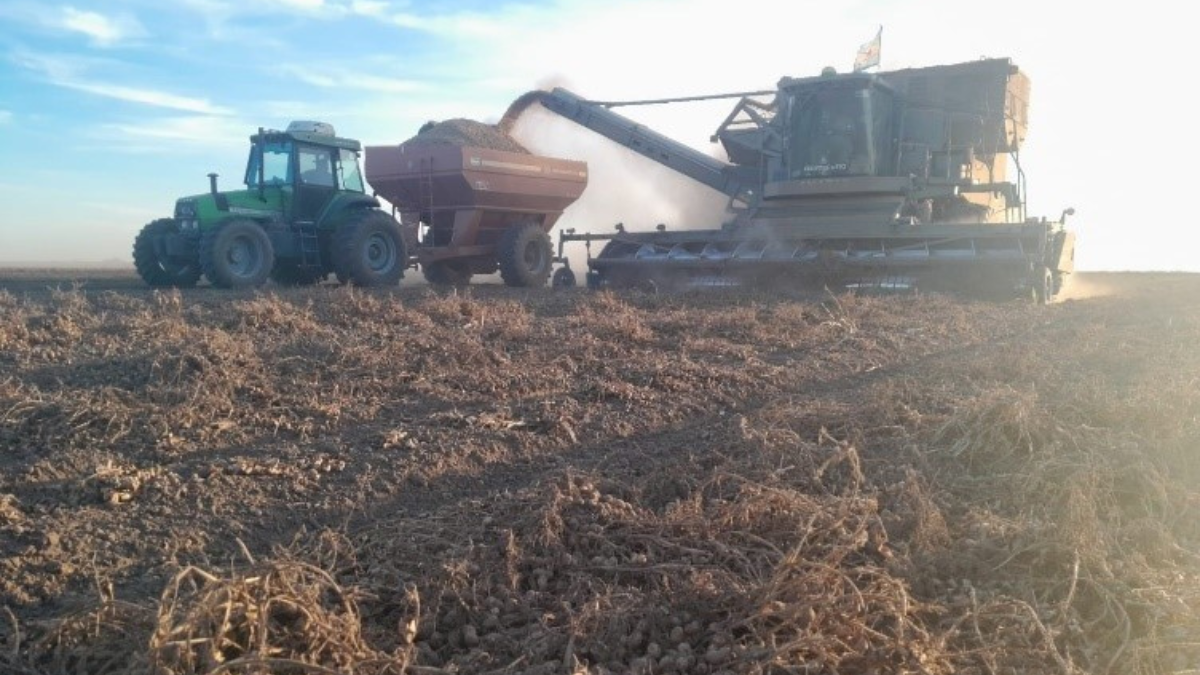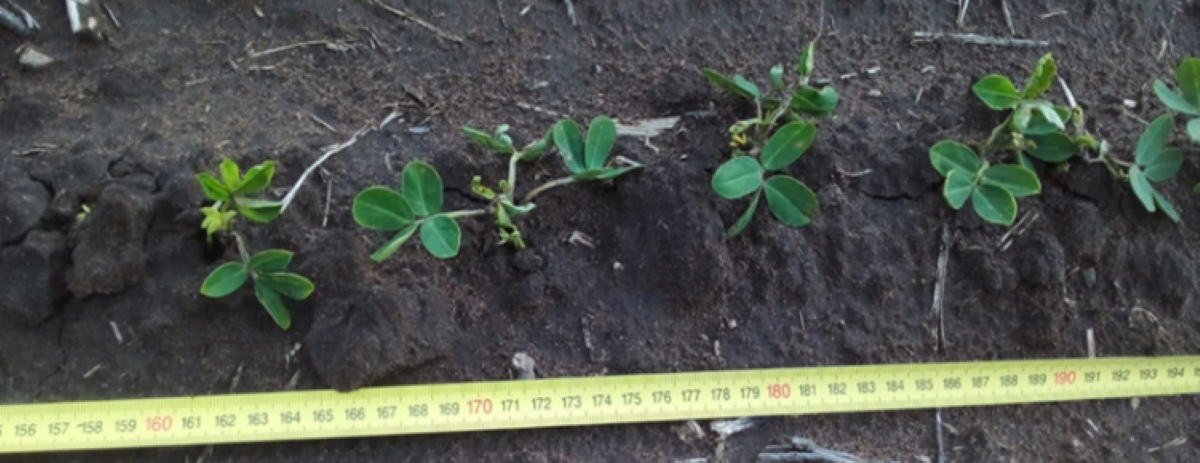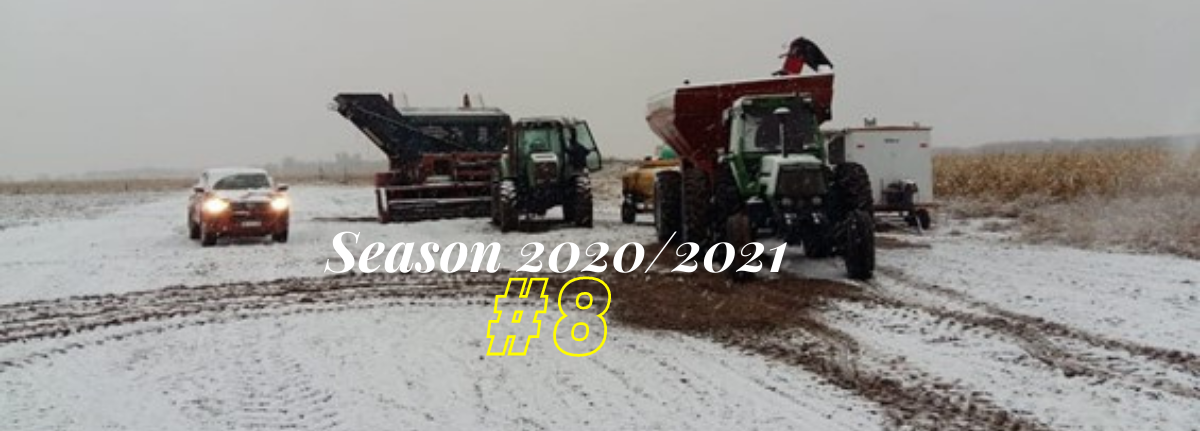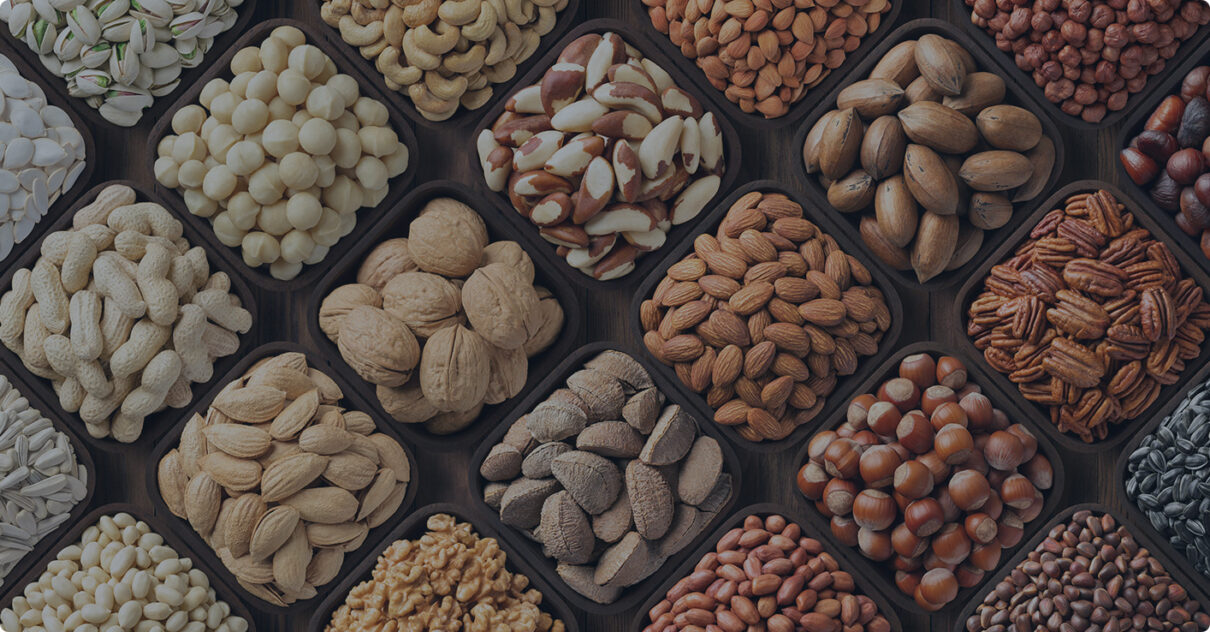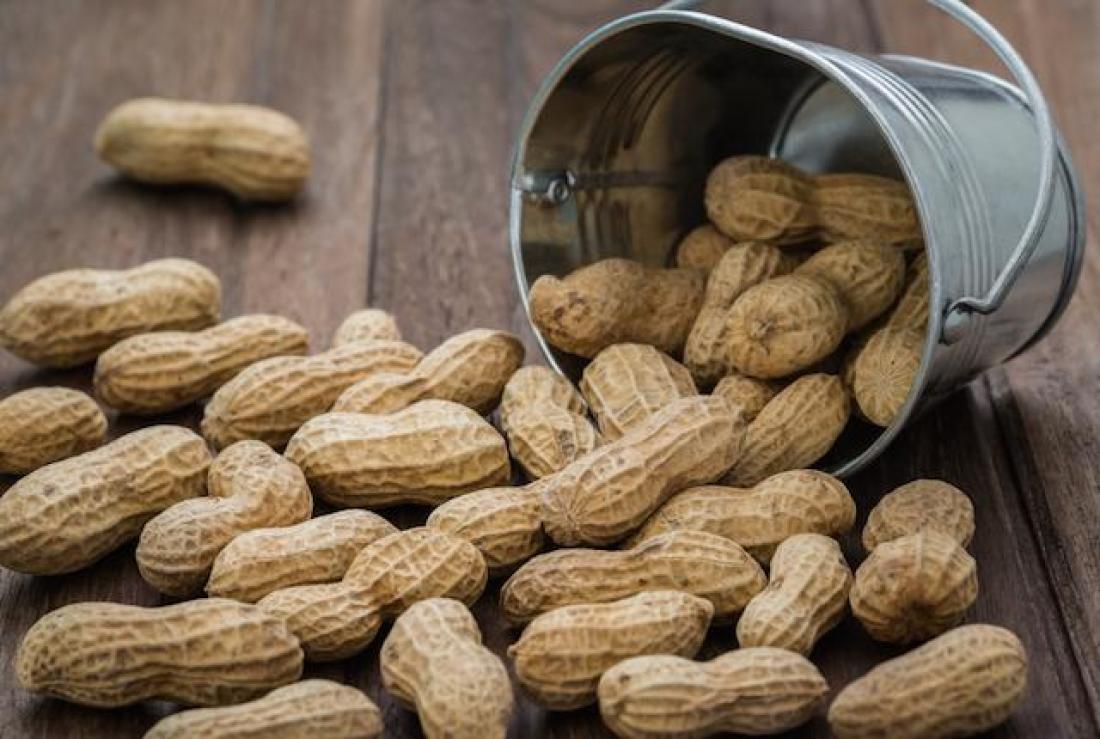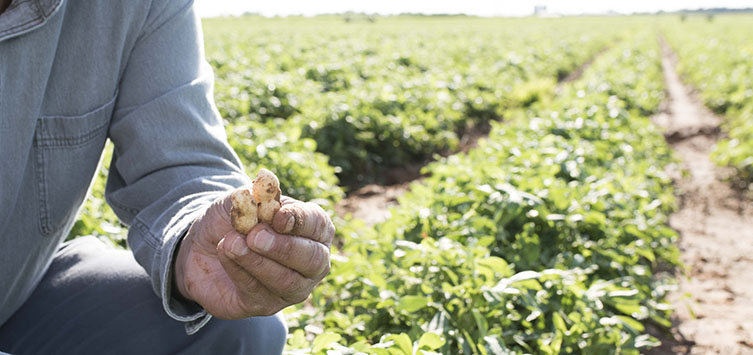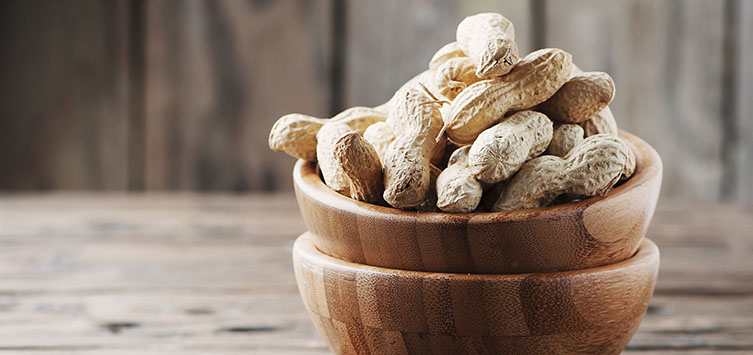
6th Peanut Crop Report as per April 12th
General perspective
6th Peanut Crop Report
The current situation of the crop is very varied according to the geographical area in which they are found. The general state of the peanut crop is in a fair to good range for most of the planted area. Nowadays, the possibility of quantifying the losses, the probable yield and the quality of the kernels to be harvested is difficult, due to irregularities produced by isolated rains, typical of a La Niña year, and also because the progress in the harvest activities has been very limited as of the date of this report. In years characterized by drought, the estimates become more complex since the situation is highly variable, even in different lots within the same farm or in farms that are geographically close.

The expectation of obtaining high yields was gradually diminishing; as the drought deepened, many pods have aborted the grain or have not formed it at all.
Having discounted the losses by quantity, the biggest concern today is the quality of the peanuts, either due to a greater potential to receive the farmerstock with more foreign material than normal (a desperate attempt by the producer to try to not losing kernels by regulating the combine to “load” everything), as well as physical damage (due to the last two wet weeks) and a greater possibility of aflatoxin development (due to the drought experienced).
Aflatoxin has been detected in the first truckloads of farmerstock received at the shelling plants, although it is still too early to determine the final magnitude of this phenomenon. It is also true that the first lots to be harvested are those that present the greatest problems from an agronomic point of view.
Another point to consider in terms of quality corresponds to the size of the grains that will be received, where we estimate that there may be a decrease in the largest sizes (30/38 – 38/42), also as a consequence of the drought.
At this point in the campaign, the crops are already finishing their production cycle, given that their phenological stage is at R7-R8 (harvest maturity), which implies that their water consumption is nil. We have entered autumn, and the days are shorter (with fewer daylight hours), so we consider that its growing cycle has finished.
From now on, we must proceed with the digging, trying not to have delays, to avoid further decrease of yields. The climatic conditions will again play a preponderant role, since it is necessary that there are no significant rains. On the other hand, and also important in this sense, is that we are entering the period where early frosts are possible.
As of the date of preparation of this report, 26% of peanuts are in an advanced reproductive state (R8), 36% are in a complete inshell state (R7), and 26% are in an early reproductive state (R6 ).

The evolution of the phenological stages in each area of our reference map is as follows:

Compared to the state of the peanut crop in the last report, the situation has deteriorated.


| Condition | 04/03/2023 | 10/04/2023 | Difference |
| Excellent | 10% | 5% | -5% |
| Very goog | 35% | 10% | -25% |
| Good | 40% | 25% | -15% |
| Fair | 10% | 40% | 30% |
| Bad | 5% | 20% | 15% |
Our reference map of peanut production areas
The main peanut areas in Argentina include the provinces of Córdoba, La Pampa, San Luis and Buenos Aires.

Analysis of rainfall and temperatures
During March, more specifically from March 20, rainfall of varying intensity and magnitude was recorded in the different peanut-producing areas. The records accumulated during this month were atypical compared to those corresponding to the same month of previous years.
In the Central zone, there are records of up to 290 mm accumulated in the month of March.
The rest of the zones, with the exception of the West zone, also received a good amount of rain.
Unfortunately, the rains came late for the early planted crops, but favored the late planted ones, since they were able to accumulate enough temperature and humidity to fill the grains.
Below is the rainfall report issued by the BCCBA
Regarding the thermal records, the minimum temperatures were between 15 and 18°C, while the maximums climbed above 30°C. According to a report from the National Meteorological Service (SMN), March 2023 has been the warmest month of all Marches in the last 40 years.
Useful water distribution in Córdoba
The maximum retention capacity or «field capacity» implies that the extraction of water by the crops occurs without any difficulty. Between the field capacity and the permanent wilting point is the range of what we call useful water in the arable layer.
The figures show the differences between the situation at the beginning of March and the situation at the date of this report.
Source: FAUBA.

Projected field tasks
The digging tasks have just begun, estimated at 8% in relation to the total planted area. This degree of progress represents a great difference in relation to the previous year’s campaign since, on the same date, it was located at 30% of the total planted area.
This delay is caused because the peanuts do not have the desired harvest maturity, caused to a large extent by the drought experienced throughout the crop cycle, in turn, aggravated by the frost that occurred on February 18.
We estimate that, if the weather conditions are with us, from April 20 harvesting will be generalized.




Final Appreciations
There is no doubt that, agronomically, it is a very difficult year for the Argentine origin.
The next few weeks will be key to defining the final results of the 2023 crop in Argentina, both in terms of yields and quality.
The crop entered its final stage, where the digging task is crucial for the final result of the crop. Weekly monitoring is important to determine the optimum maturity of the peanuts in order to minimize losses due to losses in the shell/grain ratio.
Today we are facing a scenario of great uncertainty, since it is really very difficult for the agronomists in charge to make an accurate estimate of the quantity and also of the final quality of the crop, and this translates into a reasonable delay in taking sales business decisions.
The progress of the crop will gradually reveal what the final results will be, and consequently what Argentina’s offer will be for the different markets, although we are convinced that the volumes will be much lower compared to last year.
It is worth remembering that this is the third consecutive cycle with the presence of the La Niña phenomenon, although this year the impact was greater than in previous seasons; the rainfall deficit deepened from autumn 2022, becoming the worst drought in 60 years.
Physiological maturity in this campaign presents us, to this date, with an approximate percentage of between 30/35%. This is a parameter to be able to estimate the yield potential. According to the survey we have carried out, lot by lot, our estimated yield for the new crop is 2.6 tons/ha (dry and clean inshell basis).
The digging and harvesting still remains to be done, where the climatic conditions of the next two months will play an important role so that this yield, which is already poor, if we compare it with the historical series of yields in Argentina, can be consolidated.
Images of the crop in the different productive zones;














